Master of Light: How Roger Deakins Continues Revolutionizing Cinematography in 2025

Introduction

Sir Roger Deakins stands as cinema's greatest living cinematographer, a master craftsman whose 16 Academy Award nominations and 2 wins represent just a fraction of his transformative impact on modern filmmaking. From pioneering digital color correction with "O Brother, Where Art Thou?" to creating the seamless "one-shot" spectacle of "1917," Deakins has consistently pushed cinematographic boundaries while maintaining his signature philosophy: the best cinematography should be invisible, serving story over spectacle.
In 2024, as Deakins published his career-spanning memoir "Reflections: On Cinematography" and celebrated his knighthood—the first cinematographer ever to receive this honor—his influence on visual storytelling remains as powerful as ever. His recent sabbatical from feature films has only heightened anticipation for his next project, with industry insiders eagerly awaiting his potential involvement in Sam Mendes' ambitious four-film Beatles biopic series.
The Signature Deakins Style: Naturalism Elevated to Art
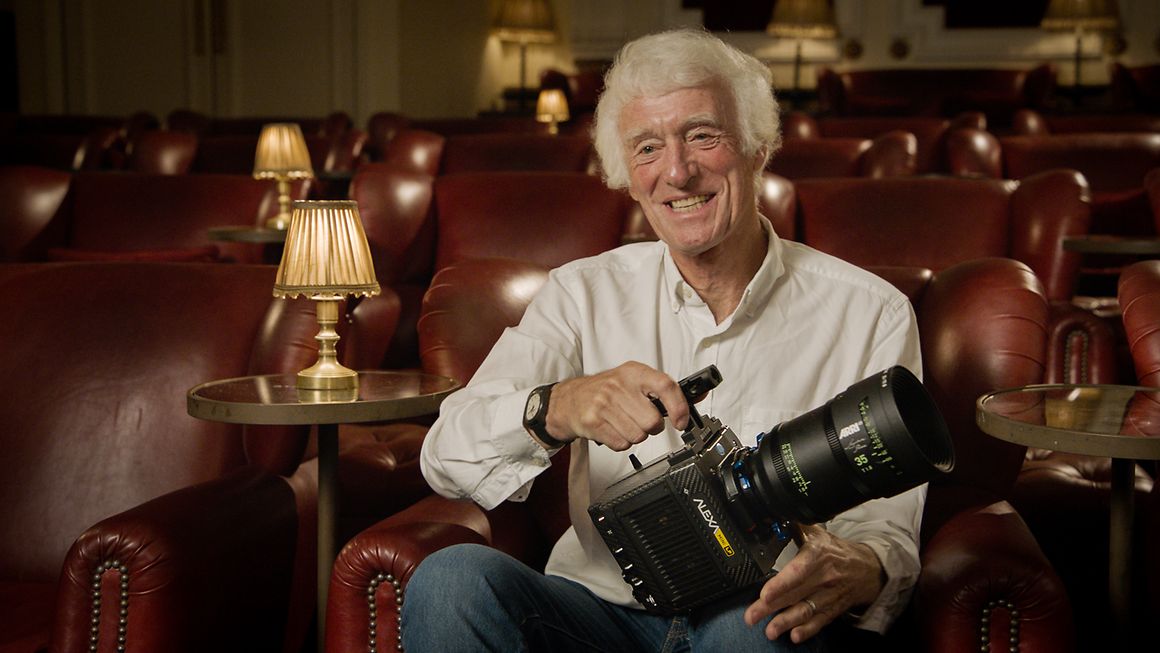
The Philosophy Behind the Lens
Deakins' approach centers on a deceptively simple principle: "There is good cinematography and bad cinematography, and then there's the cinematography that's right for the movie." This philosophy has guided his work across radically different genres, from the noir-influenced shadows of "No Country for Old Men" to the vibrant, color-saturated landscapes of "Blade Runner 2049."
His signature techniques have become textbook examples of cinematographic excellence:
Motivated Lighting Mastery: Deakins revolutionized naturalistic lighting through his innovative "cove lighting" technique, wrapping unbleached muslin 180 degrees around rooms and using multiple smaller lights rather than traditional key lighting setups. This approach allows actors to move freely while maintaining consistent, natural-looking illumination that appears effortlessly organic.
Compositional Precision: His framing employs doorways, windows, and architectural elements as psychological barriers, creating "frames within frames" that reflect characters' emotional states. The famous silhouette fight sequence in "Skyfall," where characters battle against jellyfish projections, exemplifies how Deakins transforms simple compositions into iconic visual poetry.
Color as Character: From the amber-soaked destruction of Las Vegas in "Blade Runner 2049" to the progression from monochrome despair to blazing hope in "The Shawshank Redemption," Deakins uses color palettes as narrative devices, with each hue carrying specific emotional weight.
Technical Innovation Driving Artistic Vision
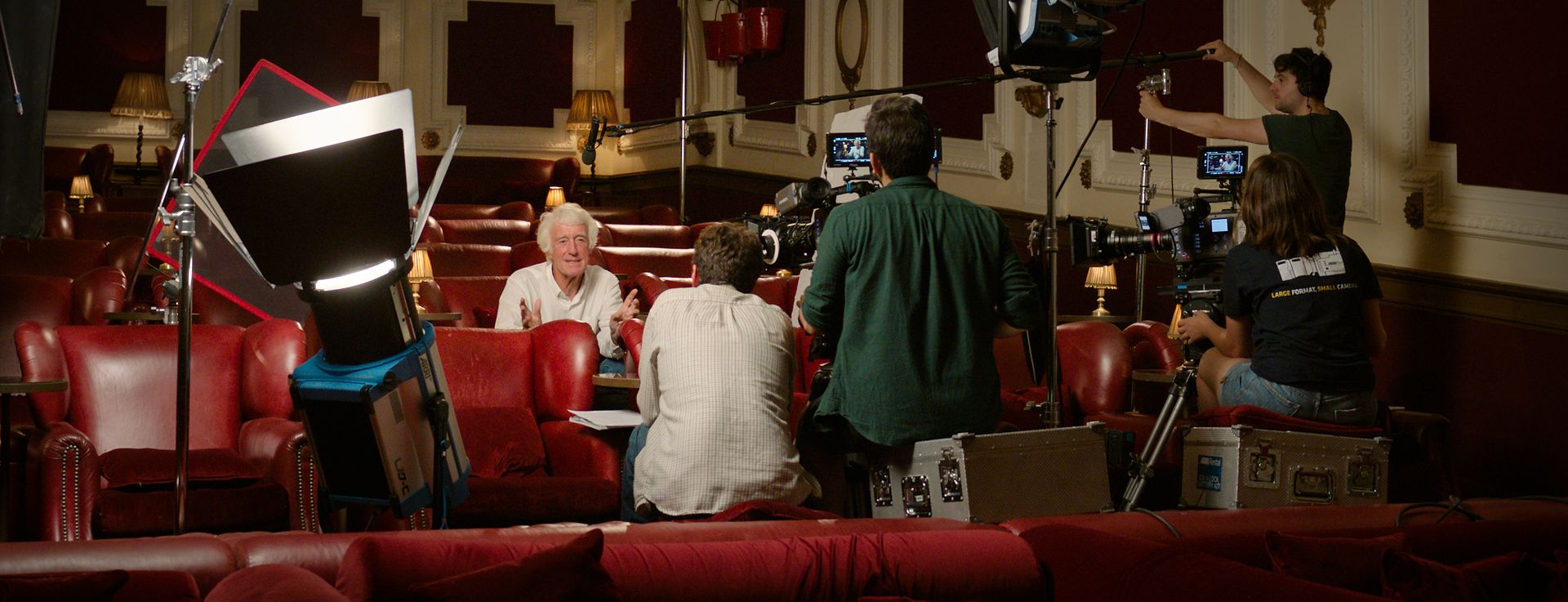
Deakins has consistently been at the forefront of cinematographic technology, but always in service of storytelling. His current equipment setup represents the pinnacle of digital cinematography: the ARRI ALEXA Mini LF paired with ARRI Signature Prime lenses, chosen for their ability to capture images that match human vision rather than calling attention to themselves.
The ALEXA Mini LF, which Deakins helped develop, shoots primarily in ARRIRAW at 4.5K resolution, providing extraordinary low-light performance that enables his preference for natural illumination. "It's one of the smallest cameras I've ever used," he notes, allowing him to operate it personally for the immediate connection between cinematographer and performance that defines his work.
His adoption of LED technology, particularly extensive use of ARRI SkyPanel fixtures (over 100 units in the "Blade Runner 2049" library scene), demonstrates how he integrates cutting-edge tools while maintaining his aesthetic principles. These fixtures provide precise color control without the heat and power demands of traditional tungsten lighting.
Recent Triumphs and Current Focus

Empire of Light: Classical Elegance Meets Modern Technique
Deakins' fifth collaboration with Sam Mendes, "Empire of Light" (2022), earned him his 16th Academy Award nomination, demonstrating his continued evolution as an artist. Shot with ARRI Alexa Mini LF and Signature Prime lenses, the film marked his first extensive use of LED lighting fixtures for interior scenes.
Unlike the technical tour de force of "1917," "Empire of Light" showcased Deakins' mastery of intimate storytelling. The cinematography deliberately employed conventional techniques to serve the romantic drama's emotional core, proving that for Deakins, technical restraint can be as powerful as innovation.
The Art of Taking a Break
Currently on sabbatical from feature filmmaking, Deakins has channeled his creative energy into still photography and education. His photography book "Byways," now in its seventh printing, features black-and-white images spanning 1971 to the present, documenting rural Britain and global travels with the same eye for composition that makes his films visually stunning.
His photography exhibitions, including a major show at Chicago's Athenaeum Center running through April 2025, reveal how his cinematic vision translates to still images. These photographs employ the same principles that define his cinematography: natural light, authentic moments, and compositions that feel effortless yet perfectly balanced.
Legendary Collaborations: How Great Directors Unlock Different Aspects of Genius
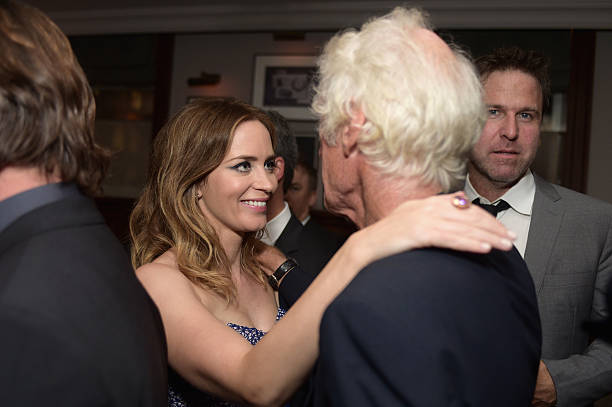
The Coen Brothers: Methodical Magic
Deakins' 13-film partnership with Joel and Ethan Coen represents one of cinema's most successful creative relationships. From "Barton Fink" (1991) to "Hail Caesar!" (2016), their collaboration demonstrates how sustained partnership can yield extraordinary artistic growth.
"With Joel and Ethan, everything is very well worked out in pre-production," Deakins explains. The Coens' meticulous planning allows for detailed lighting diagrams and precise visual preparation, resulting in films where every frame feels both spontaneous and carefully orchestrated. Their work together pioneered the bleach bypass technique in Western cinema and created the first entirely digitally color-corrected feature film.
Denis Villeneuve: Atmospheric Intensity
The three-film collaboration with Villeneuve—"Prisoners," "Sicario," and "Blade Runner 2049"—showcases Deakins' ability to create psychological tension through visual atmosphere. Villeneuve describes working with Deakins as "fulfilling one of my biggest dreams as a filmmaker," noting how their partnership elevated his understanding of visual storytelling.
"Blade Runner 2049," which earned Deakins his first Oscar win, represents a masterclass in using color and light to create future worlds that feel both alien and emotionally resonant. The film's strategic use of amber, blue, and yellow lighting creates distinct emotional territories within the narrative.
Sam Mendes: Versatility Across Scales
From the intimate character study of "Revolutionary Road" to the technical marvel of "1917," Deakins' five films with Sam Mendes demonstrate his extraordinary range. "I was thinking about Roger when I was writing it," Mendes said about "1917," highlighting how their collaboration influences storytelling from the earliest stages.
"1917" showcases Deakins' technical mastery at its peak, using the ARRI Trinity stabilizer system and precise choreography to create seamless "one-shot" sequences lasting 6-9 minutes each. The film required over 2,000 1K fixtures for the burning church sequence, demonstrating the massive technical coordination required to achieve Deakins' seemingly effortless vision.
Technical Mastery: The Tools Behind the Magic

Equipment Philosophy and Preferences
Deakins operates exclusively with prime lenses, never zooms, believing that "it forces you to move the camera to the correct angle" rather than relying on lens movement to solve compositional problems. His current setup centers on ARRI Signature Prime lenses, chosen for their minimal breathing, consistent aperture performance, and lightweight design that enables handheld operation.
His lighting approach combines custom-built fixtures with household items—a testament to his belief that creativity trumps expensive equipment. The famous ring light setups, from the concentric hexagonal strips in "A Serious Man" to the 256 suspended ARRI Fresnels in "Blade Runner 2049," demonstrate how technical innovation serves specific narrative needs.
The Team Deakins Advantage
The partnership with his wife, James Ellis Deakins, provides a unique collaborative structure that maximizes efficiency on set. As associate producer and digital workflow supervisor, James handles crew communication and technical troubleshooting, allowing Roger to focus entirely on camera operation and creative decisions. This "Team Deakins" approach has become a model for cinematographic collaboration.
Digital Workflow Innovation
Deakins maintains consistent digital workflow across projects, using custom LUTs (Look-Up Tables) based on Kodak film stock characteristics. This technical consistency allows him to achieve his signature naturalistic look while working with different colorists and post-production facilities.
His philosophy of achieving the desired look in-camera rather than post-production sets him apart in an era of extensive digital manipulation. "I do very little in the DI, other than for O Brother," he notes, emphasizing how proper exposure and lighting eliminate the need for extensive color correction.
Awards Excellence and Industry Recognition
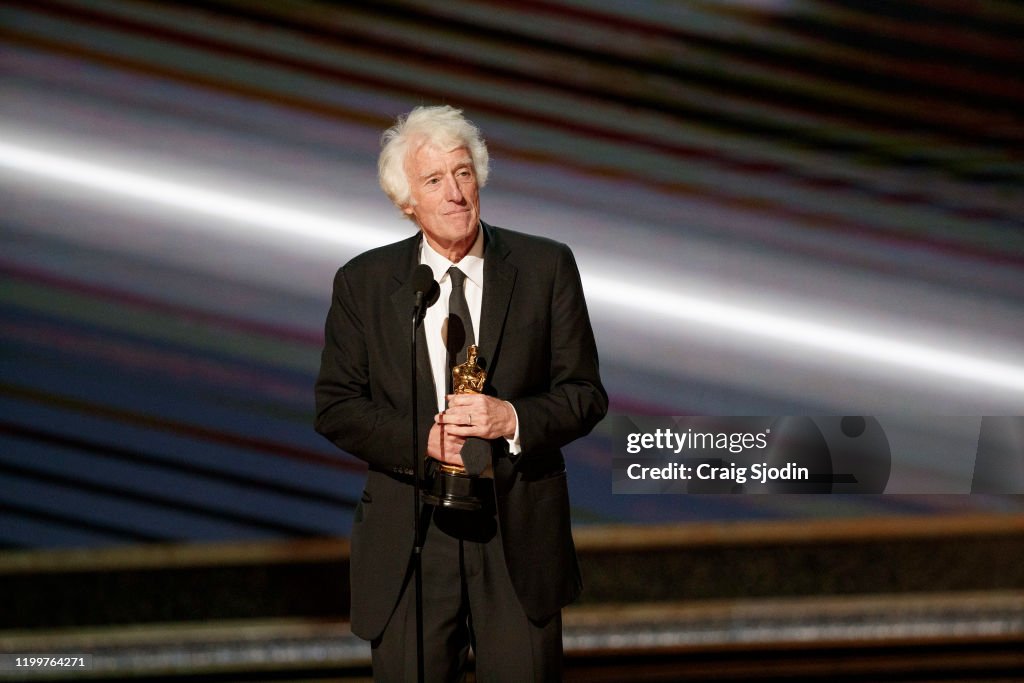
The Oscar Journey: 16 Nominations and Counting
Deakins' Academy Award journey began with "The Shawshank Redemption" in 1995 and culminated in wins for "Blade Runner 2049" (2018) and "1917" (2020). His 16 nominations represent not just personal achievement but industry recognition of sustained excellence across multiple decades.
The path to his first win was famously arduous—14 nominations before "Blade Runner 2049" finally brought him the Oscar. This journey became a rallying cry for cinematographers worldwide, highlighting how the Academy's recognition of technical excellence sometimes lags behind industry appreciation.
Beyond the Oscars: Comprehensive Recognition
His record-breaking seven BSC (British Society of Cinematographers) Awards and five BAFTA wins demonstrate international recognition of his craft. The 2021 knighthood for services to film makes him the first cinematographer to receive this honor, cementing his status as not just a technical master but a cultural icon.
Recent recognition includes the Sue Gibson BSC Cinematography Award (2018) and his appointment as Honorary Fellow of the National Film and Television School (2020), highlighting his educational impact alongside his artistic achievements.
Influence on Modern Cinematography and Next Generation
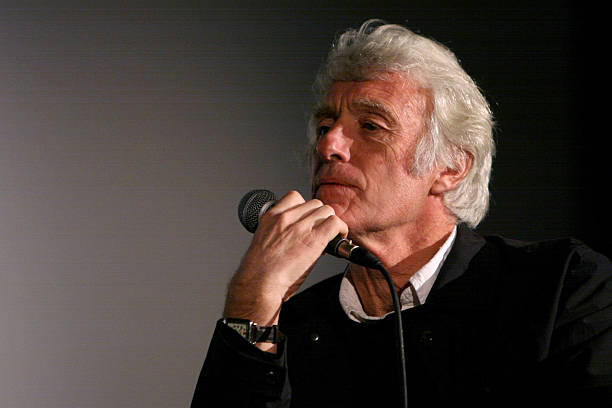
Technical Innovations Adopted Industry-Wide
Deakins' innovations have become standard practice across the industry. The bleach bypass technique he pioneered influenced films like "Seven" and "Saving Private Ryan," while his digital color correction work on "O Brother, Where Art Thou?" established workflows now used universally.
His LED lighting integration and large-format sensor advocacy have influenced equipment manufacturers and cinematographers worldwide. ARRI's development of the ALEXA Mini LF was directly influenced by Deakins' feedback and requirements.
Mentorship Through Education
The Team Deakins podcast, launched in 2020, has become essential listening for cinematographers. Over 140 episodes featuring industry professionals provide technical insights and career guidance, extending Deakins' influence beyond his own projects.
His rogerdeakins.com website, where he personally responds to technical questions, has created an unprecedented direct connection between master and students. "So young people or young filmmakers feel that if they stick at it, if they try hard, there's a world out there that is accessible," he explains about his educational mission.
Peer Recognition and Industry Impact
Fellow cinematographers consistently cite Deakins as their greatest influence. Robert Elswit jokingly suggested the ASC create a "special award for films shot by Roger Deakins," while stars like Josh Brolin and Ryan Gosling have chosen projects specifically because of Deakins' involvement.
His collaborative approach and generous sharing of knowledge have elevated the entire profession's profile, making cinematographers more visible in popular culture and industry recognition.
Looking Forward: What's Next for the Master
Potential Return with Beatles Biopics
Industry reports suggest Deakins has been offered to shoot all four Beatles films directed by Sam Mendes, scheduled for 2027 release. This potential project would mark his return to feature filmmaking and continue his successful collaboration with Mendes.
Photography and Educational Focus
During his current sabbatical, Deakins continues expanding his still photography practice, with exhibitions scheduled through 2025. His commitment to education through the Team Deakins podcast and website ensures his influence continues growing even while he's not actively filming.
The publication of "Reflections: On Cinematography" provides comprehensive documentation of his techniques and philosophy, ensuring his knowledge remains accessible to future generations.
Conclusion: The Enduring Legacy of Visual Excellence
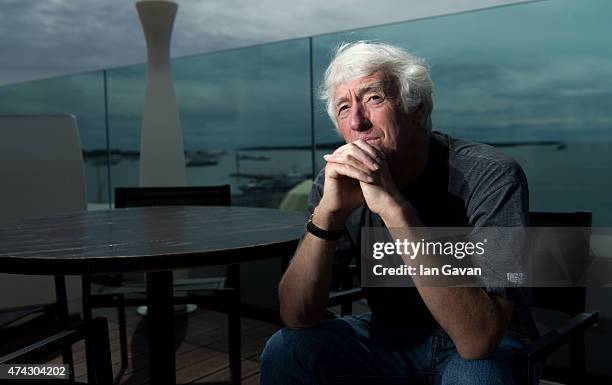
Roger Deakins represents the pinnacle of cinematographic artistry, combining technical mastery with storytelling instinct in ways that continue to influence cinema worldwide. His philosophy that great cinematography should be invisible has created a body of work that enhances rather than distracts from narrative and character.
From his early breakthrough with "The Shawshank Redemption" to his recent knighthood, Deakins has consistently elevated the art of visual storytelling. His current sabbatical from feature films only heightens anticipation for his next project, while his commitment to education ensures his influence will continue shaping cinematography long after his active career.
In an industry increasingly focused on technical spectacle, Deakins proves that true artistry lies in using sophisticated tools to serve simple, human stories. His signature approach—natural lighting, invisible technique, and collaborative excellence—provides a masterclass in how great cinematography serves great storytelling.
As cinema continues evolving toward new technologies and platforms, Roger Deakins' fundamental principles remain constant: respect the story, serve the characters, and trust that technical excellence combined with artistic integrity will create images that resonate long after the final frame fades to black. His legacy isn't just in the films he's shot, but in the countless cinematographers he's inspired to pursue their own vision of visual perfection.